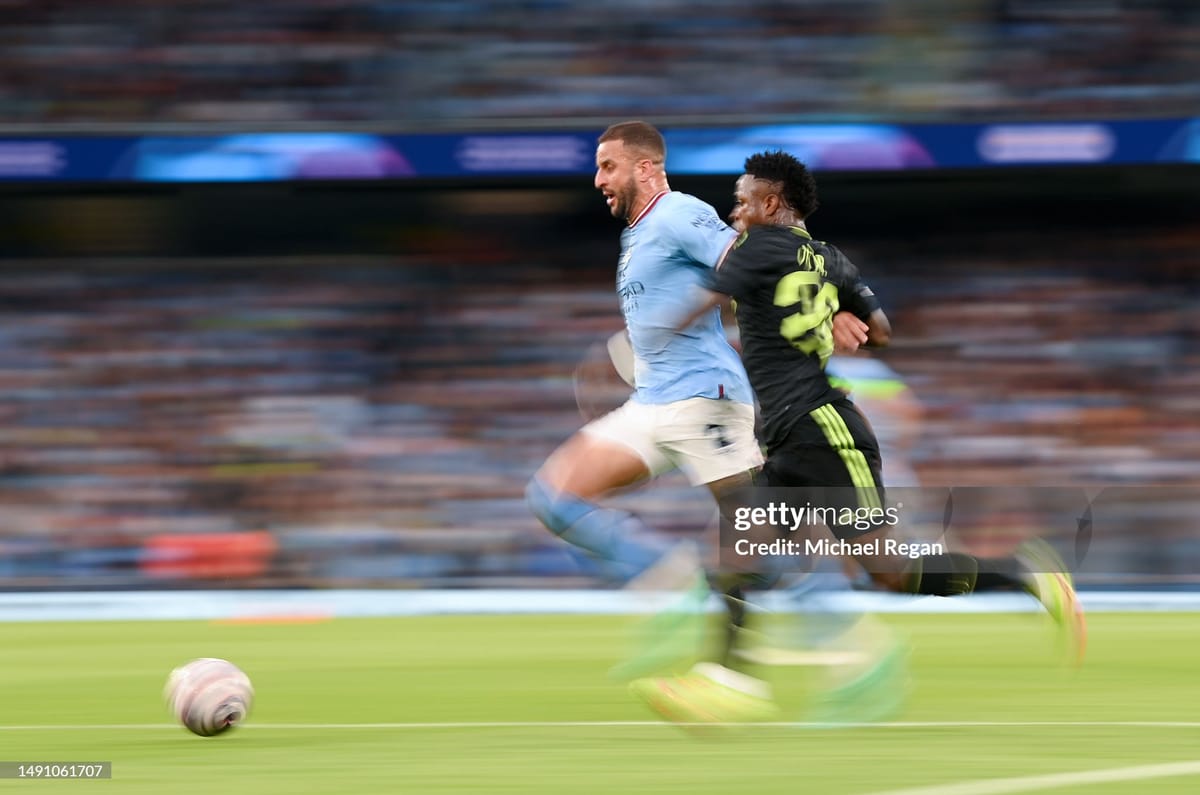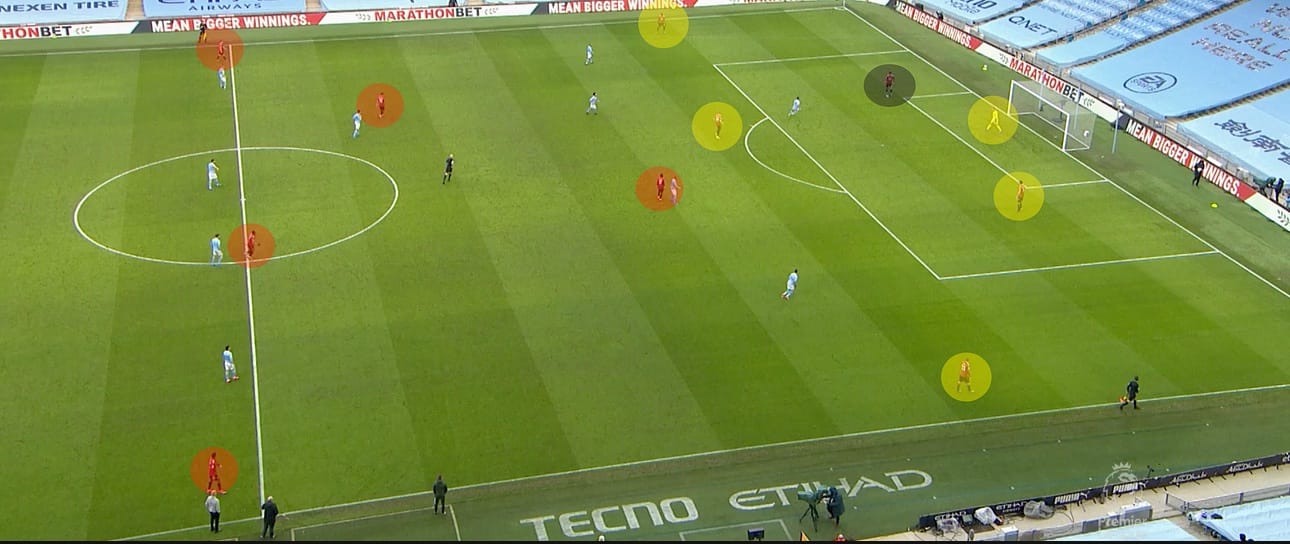How to Classify Running Capacity among Elite Players
And why those who can run and carry aggression into subsequent duels are in high-demand.

A decade ago, football teams could manage with midfielders who couldn't consistently sprint quarter to half-pitch lengths every other possession.
However, the game has changed, and pressing schemes used by elite clubs has raised the running demands of players:
- Most teams now split their lines during the press: at the opponent's box and the halfway line.
- Midfield spaces have become larger, making the roles of midfielders more crucial in compacting these areas.
- Running demands, especially among non-forwards, have increased.

If you are still unconvinced, take it from Liverpool coach Arne Slot. After his side's 3-0 victory over Manchester United at the start of the month, he said this:
'You need midfielders that can run. We had three of them that kept on running and, if they arrived in a duel, they were aggressive enough to win it.'
Given the clear importance of identifying and recruiting players with an edge in their running ability, we are tasked with understanding – beyond sprint-speed numbers and bleep tests – how to qualitatively categorize running capacity in modern football.
This essay will propose one framework.
But, every professional footballer runs?
This is true.
But, can every professional footballer execute 20 do-or-die sprints across the 90 minutes to prevent the opposition from counter-attacking after breaking through a high-press?
No.
So, given the context, might we say certain players can't run?
Yes.
So, for the sake of this essay, we will specify a definition of can, so the framework reads simpler.
Can [in this framework]:
- Indicating something that is typically the case
- Not an absolute ability, but a consistent capability
A Running Capacity Framework
'You need midfielders that can run. We had three of them that kept on running and, if they arrived in a duel, they were aggressive enough to win it.'
We propose the following classification:
- Players who can't run: unable to consistently perform high-intensity sprints throughout a match.
- Players who can run: able to execute multiple high-intensity sprints during a game.
- Players who can run and cover: capable of running and effectively covering significant portions of the pitch.
- Players who can run and maintain aggression: can sprint repeatedly and still maintain aggression in subsequent duels or actions.
[sparked by @SebC__, a coach who publishes long-reads on Substack]
From the archives:
See how many deep & wide recovery duels he contests.
— Joel A. A. (@joeladejola) November 23, 2023
Observe how easily he blitzes those quarter-to-half pitch sprints AND maintains aggression in the subsequent duel — where most would tire.
In today’s PL & UCL, that’s the baseline for any high-impact midfielder. https://t.co/05DOclnzlb
The future is space midfielders. https://t.co/vQn3U91hme pic.twitter.com/BffdtiHYqR
— Joel A. A. (@joeladejola) November 23, 2023
'You need midfielders that can run. We had three of them that kept on running and, if they arrived in a duel, they were aggressive enough to win it.'
— Joel A. A. (@JoelAdejola) September 1, 2024
If you've read my essays, you know I harp on about tiers of player coverage:
1. Can't run,
2. Can run,
3. Can run and cover,… https://t.co/pOTUvUR99V
What Next?
If you enjoyed this, consider subscribing to BallerzBantz, following us on Twitter, and sharing this with someone.
Join us to stay ahead and contribute to the community.
Who is the Writer?
Joel A. Adejola is an undergraduate at the University of Kansas (KU), studying Engineering and Philosophy.



